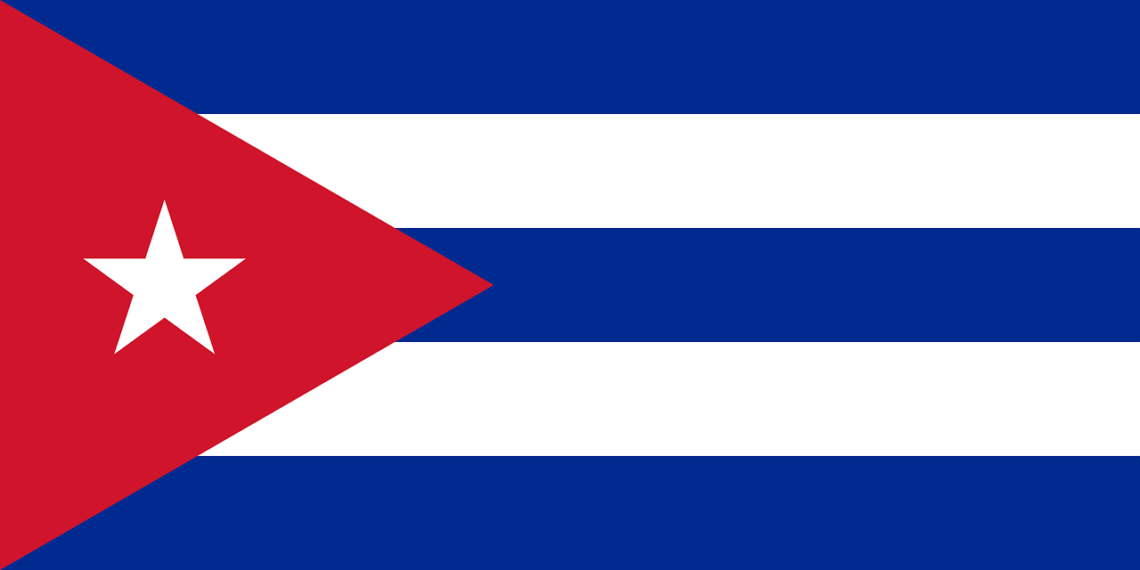
The Best 50+ Surprising Facts About Cuba for Curious Minds
Interesting Facts About Cuba
Let us discover some interesting facts about Cuba. Cuba is an island nation located in the Caribbean Sea. It is east of Mexico and south of Florida, it has a rich history and culture. Cuba is the largest island in the Caribbean and is home to over 11 million people.
The capital city of Havana is a popular tourist destination, Havana is the capital city and the largest city in Cuba. Spanish is the official language of Cuba. The Cuban Revolution took place between 1953 and 1959. Fidel Castro was the leader of the communist government of Cuba from 1959 until his death in 2016.
Here are some interesting facts about Cuba:
Facts About Fidel Castro
Fidel Castro, the former leader of Cuba, was born on August 13th, 1926. He was a communist revolutionary and dictator who governed the Republic of Cuba as Prime Minister from 1959 to 1976 and then as President from 1976 to 2008. Under his administration, Cuba became a one-party socialist state; industry and business were nationalized, and state socialism was implemented throughout the country.
Castro was born into a wealthy landowning family in Biran, Oriente Province. He began his studies at the Jesuit-run El Colegio de Belen in Havana. In 1945, he transferred to the University of Havana where he studied law.
As a student, he became involved in anti-imperialist politics and joined the Cuban People’s Party. A committed Marxist-Leninist, he joined a clandestine militant group and traveled to Bogotá to train as a guerrilla.
The Cuban Peso
The Cuban Peso is the national currency of Cuba. It is subdivided into 100 centavos and is one of two currencies used in Cuba, along with the Cuban Convertible Pesos. The Cuban Peso was introduced in 1857 and was initially equal to the Spanish real.
Since its introduction, the Cuban Peso has undergone several revaluations. In 1959, following the Cuban Revolution, 1 Cuban Peso was worth 0.87 US dollars.
In 1971, it was pegged to the US dollar at a rate of 1 Cuban Peso to 1 US dollar. However, following the collapse of the Soviet Union in 1991 and a severe economic downturn in Cuba, known as the Special Period, the value of the Cuban Peso fell sharply. In 2004, a new exchange rate was established, with 1 Cuban Peso worth 0.
The Cuban Convertible Peso is the national currency of Cuba. It is pegged to the United States Dollar at a rate of 1 CUC to 1 USD. The Cuban Convertible Peso was introduced in 1994 and is used alongside the Cuban Peso. Tourists visiting Cuba typically use the Cuban Convertible Peso, as it is more easily exchanged for goods and services than the Cuban Peso.
The currency abbreviation for the Cuban Convertible Peso is CUC$. One CUC$ is worth $1 US dollar. The term “convertible” refers to the fact that this peso can be exchanged for dollars (or other foreign currencies) at any bank in Cuba. The convertible peso was introduced in 1994, when Cuba began to allow limited private enterprise and tourism from abroad.
Cuban Cigars
Smoking cigars is a long-standing tradition in Cuba. Cuban cigars are world-renowned for their excellent quality. The climate and soil of Cuba is ideal for growing tobacco. Cuban cigars are handmade from the finest tobacco leaves. The tobacco undergoes a lengthy fermentation process, which contributes to the cigar’s distinctive flavor.
Cuban cigars are subject to strict quality control standards. Every cigar must meet stringent requirements before it can be sold. The popularity of Cuban cigars has resulted in high demand and limited supply. As a result, Cuban cigars can be quite expensive. Despite the high cost, many smokers consider Cuban cigars to be worth the price. For many, smoking a Cuban cigar is a luxurious experience that is not to be missed.
Cuba’s UNESCO World Heritage Sites
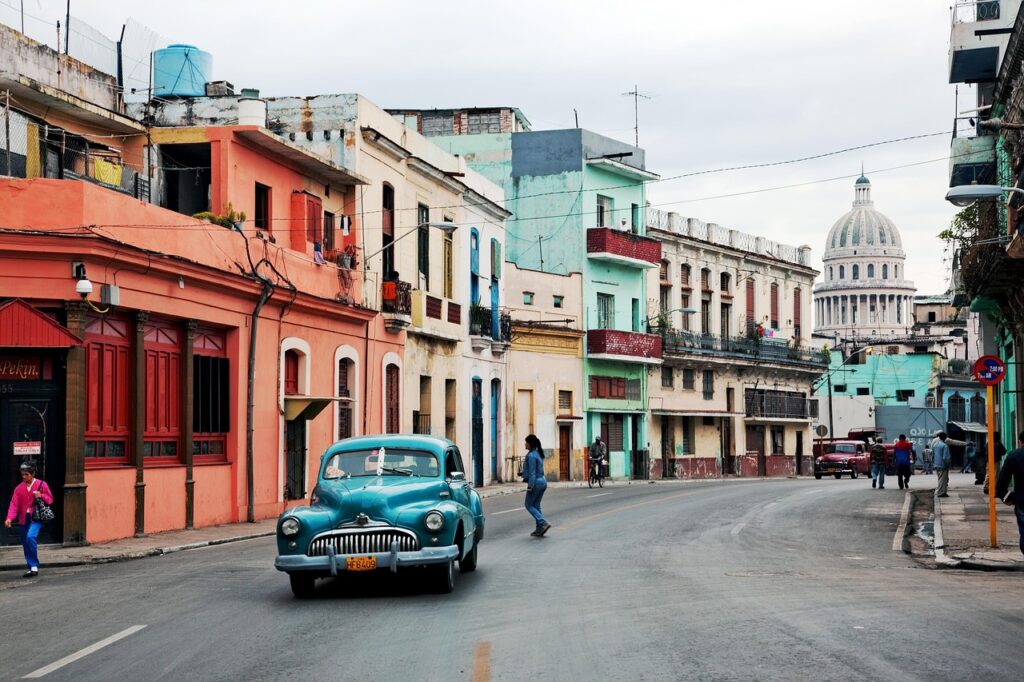
Cuba is home to nine UNESCO World Heritage Sites, all of which are cultural sites. The sites include the Old Havana and its Fortification System, the Trinidad and the Valley de los Ingenios, the Desembarco del Granma National Park, the Viñales Valley, the City of Cienfuegos, the San Pedro de la Roca Castle in Santiago de Cuba, and the Ernesto Che Guevara Mausoleum in Santa Clara.
Cuba’s Old Havana and its fortification system were declared a UNESCO World Heritage Site in 1982. The site includes four principle fortifications – El Morro, La Cabaña, Puerta de Tierra, and San Salvador de la Punta – that were built between 1519 and 1868 to defend Havana Bay from attacks by pirates and foreign powers.
Alejandra de Humboldt National Park
Alejandra de Humboldt National Park is located in the center of Cuba, near the eastern end of the Cuban archipelago. The park is divided into two areas: an eastern sector and a western sector.
Alejandra de Humboldt National Park is a national park in Cuba that was established in 2001. The park is named after botanist Alexander von Humboldt, who visited the area in 1800 and documented its rich biodiversity. The park covers an area of over 2,000 square kilometers and is home to a variety of plant and animal species, some of which are found nowhere else on Earth.
The park’s terrain is varied, with mountains, forests, rivers, and coastal areas. Its climate is also diverse, ranging from hot and humid to cool and dry. This variety of habitats supports a correspondingly diverse range of wildlife, including Cuban night birds, howler monkeys, manatees, and over 200 species of fish. Despite its richness in biodiversity, Alejandra de Humboldt National Park faces threats from human activity.
Cuba’s bee hummingbird

The bee hummingbird is the smallest bird in the world, and it is found only in Cuba. These tiny birds are just 2.25 inches long and weigh less than a penny! Bee hummingbirds have very high metabolism rates and they beat their wings up to 80 times per second.
They also consume more sugar per day than any other bird in the world. Even though they are so small, bee hummingbirds are fierce competitors and will fight other birds for access to nectar sources.
Cuba was inhabited by native peoples for thousands of years before the arrival of European colonists in the 16th century.
These native peoples, including the Taíno and Ciboney, were largely displaced by the Spanish during the colonial period. The Spanish also introduced African slaves to Cuba, which resulted in a population that is today about one-third black and two-thirds white.
Since the Revolution in 1959, Cuban society has been dominated by Fidel Castro and his Communist Party. Under Castro, Cuba became a one-party state with a centrally planned economy.
Although economic conditions have improved since Castro took power, living standards are still relatively low compared to other countries in the region. Cuba has a rich culture that has been shaped by its diverse history and population. Cuban music, for example, is a fusion of African and European influences.
The official language of Cuba is Spanish.
Cuba is an island country located in the Caribbean Sea. The official language of Cuba is Spanish and the vast majority of the population is of Cuban nationality. Spanish is also the primary language spoken in Cuba. However, there are also a number of people who speak English, French, and Portuguese.
The Cuban government has made great efforts to promote Spanish as the predominant language on the island. All schools in Cuba teach Spanish as their primary language and it is also used extensively in the media. In addition, the government has implemented various programs to help Cubans learn and use Spanish more effectively.
Despite these efforts, however, there are still many Cubans who do not speak or understand Spanish very well. This is especially true for older generations and those living in rural areas. Nevertheless, speaking Spanish remains essential for anyone wanting to communicate with the majority of Cubans.
Cuban bell tolls
The Cuban bell tolls can be heard throughout the country. It is a symbol of the Cuban people’s struggle for freedom and their determination to keep fighting. The bell was first rung in 1868, during the Ten Years’ War. It has been rung every year since, on July 26, the anniversary of the start of the war. The bell is a reminder of the sacrifices made by the Cuban people and their commitment to freedom.
Cuba’s official holiday
Cuba’s official holiday is called the Day of the Revolutionary Armed Forces. It is celebrated on January 1st. The holiday commemorates the day when the Cuban Revolutionary Armed Forces were formed.
The holiday is also a time to celebrate the role of the armed forces in defending Cuba’s revolution. The Cuban National Anthem was written by the poet and musician, Jose Maria Heredia. It was adopted as Cuba’s official anthem in 1902. It is a very important symbol of national pride for Cubans.
Cuban Government
Cuba is a country located in the Caribbean. The Cuban government is a communist state and the only one in the Western Hemisphere. Cuba has been led by Fidel Castro since 1959. Raul Castro, Fidel’s brother, assumed power in 2008.
The Cuban economy is centrally planned and largely state-owned. Cuba is a member of the United Nations, Non-Aligned Movement, and the Association of Caribbean States.
The Cuban government is headed by the First Secretary of the Communist Party of Cuba, currently Raúl Castro. The Council of Ministers serves as the Cuban collective head of state and government, while its President acts as both head of state and head of government.
Executive power is exercised by the Government, while legislative power is vested in both the Government and the National Assembly of People’s Power. Judicial power is exercised by people’s courts, public prosecutors, and Revolutionary tribunals.
Ernest Hemingway and Cuba
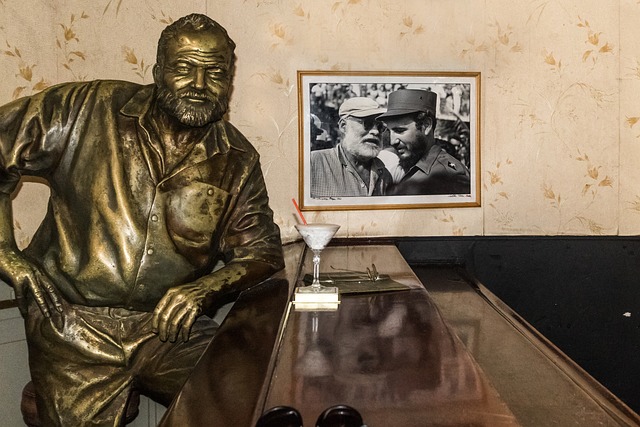
Ernest Hemingway was one of the most renowned American authors of his time. He wrote for both magazines and newspapers, and his novels are still some of the most popular books around. Many people don’t know, however, that Hemingway had a strong connection to Cuba. He actually spent quite a bit of time there, and even owned a home on the island.
Hemingway first visited Cuba in 1928, and he fell in love with the country immediately. He continued to visit frequently throughout his life and eventually bought a home there in 1940. He called it “Finca Vigia,” or “Lookout Farm.”
It was here that Hemingway wrote some of his most famous works, including “For Whom the Bell Tolls” and “The Old Man and the Sea. In 1952, Hemingway won the Nobel Prize for Literature. He was unable to attend the ceremony in Sweden, however, so his wife collected his award on his behalf. In 1959, Ernest Hemingway committed suicide with a shotgun at “Finca Vigia.
Cuba and Christopher Columbus
In 1492, Christopher Columbus discovered Cuba and claimed it for Spain. It was not until 1511 that the first Spanish settlement was established on the island. Cuba soon became an important part of the Spanish empire and remained so for nearly 400 years.
Spain’s rule in Cuba ended in 1898 when the United States defeated Spain in the Spanish-American War. The Treaty of Paris granted Cuba its independence, but it required the U.S.
Since 1959, Cuba has been under communist rule. This has led to a number of economic and political problems for the country. In recent years, however, there have been some changes made that have allowed Cuba to slowly open up to the rest of the world once again.
Spanish-American War
When the Spanish-American War broke out in 1898, Cuba was one of the main battlefields. The war was fought between the United States and Spain, with Cuba and Puerto Rico as the main prize. The United States won the war, and as a result, Cuba became an independent country.
The Spanish-American War was a turning point in American history. It marked the first time that the United States had intervened in a foreign country’s affairs, and it signaled America’s rise as a world power.
Cuba Has The Highest Literacy Rates
Cuba has the highest literacy rates in the world. In fact, over 96% of the population can read and write. The Cuban government places a high importance on education and has made it accessible to all citizens. Cuba’s literacy rate is higher than that of the United States, which is at 86%. The country with the second highest literacy rate in Canada, at 91%.
The high literacy rate in Cuba can be attributed to the Cuban Revolution, which made education a priority. After the Revolution, the Cuban government invested heavily in education. All children are required to attend school for at least nine years. The high literacy rates have helped Cuba develop a well-educated workforce.
Over half of Cubans have a tertiary education, which is one of the highest percentages in Latin America. Cuba’s healthcare system has been praised by the World Health Organization. The country has an infant mortality rate of 5.4 per 1,000 live births, a death rate of 6.2 per 1,000 inhabitants, and an average life expectancy of 78.
Cell Phones in Cuba
Cuba is a socialist state and the economy is centrally planned. The government owns most businesses, including the cell phone companyCubacel. Cubacel is the only cell phone company in Cuba and it is state-owned. There are two types of cell phones in Cuba: those that can be used to make international calls and those that can only be used to make local calls.
International calls are expensive, so most people use their phones for local calls only. There are no cell phone towers in Cuba. The government uses satellites to send cell phone signals to Cuba. This causes the signal quality to be very poor.
How long have Cubans been allowed cell phones
The first cell phones in Cuba were introduced in 2001, but only became widely available in 2008. Prior to that, the Cuban government had a monopoly on all telecommunications, which made it very difficult for average Cubans to communicate with the outside world.
The introduction of cell phones has been a game-changer for many Cubans, who can now easily stay in touch with family and friends abroad. There are approximately 3 million cell phones in Cuba, which equals about 27% of the population.
The Most Popular Sport in Cuba

Cuba is a country with a rich history and culture, and its people are passionate about many things – including sports. The most popular sport in Cuba is baseball, and the Cuban national team is considered to be one of the best in the world.
Cubans have been playing baseball for over a century, and the sport has become deeply ingrained in the country’s culture. Baseball games are often lively affairs, with fans cheering on their teams with infectious enthusiasm.
The Cuban national team has won numerous international competitions, including the World Baseball Classic in 2006 and 2009. Cuban players have also made a significant impact in Major League Baseball in the United States, with several stars like Jose Canseco, Aroldis Chapman, and Yoenis Cespedes hailing from Cuba. Now quickly learn all about Bobcats.
FAQ: Facts About Cuba
What is Cuba best known for?
Cuba is best known for its vibrant culture, historic architecture, world-famous cigars, Afro-Caribbean music, classic cars, and its revolutionary history led by Fidel Castro.
What are the most interesting facts about Cuba?
Some of the most interesting facts about Cuba include its nine UNESCO World Heritage Sites, the world’s smallest bird (the bee hummingbird), its high literacy rate, and its long tradition of producing premium cigars.
What language do people speak in Cuba?
Spanish is the official and most widely spoken language in Cuba. Although some Cubans speak English or other languages, Spanish dominates education, government, and daily communication.
Why is Cuba’s literacy rate so high?
Cuba’s literacy rate is high because the government made education free and mandatory after the 1959 Revolution. Intensive national literacy campaigns helped raise reading and writing levels above 96%.
What currency does Cuba use?
Cuba uses the Cuban Peso (CUP) as its national currency. For many years, the country also used the Cuban Convertible Peso (CUC), mainly for tourism and foreign transactions.
What is the national sport of Cuba?
Baseball is the national sport of Cuba. It has been played for over a century and Cuban teams are known internationally for their talent and competitiveness.
What is the smallest bird found in Cuba?
The smallest bird found in Cuba is the bee hummingbird. It measures about 2.25 inches long, weighs less than a penny, and is considered the smallest bird in the world.
Who was Fidel Castro?
Fidel Castro was a Cuban revolutionary who led the Cuban Revolution and ruled the country from 1959 to 2008. He established a one-party socialist state and significantly shaped Cuba’s political and economic systems.
Does Cuba have UNESCO World Heritage Sites?
Yes. Cuba has nine UNESCO World Heritage Sites, including Old Havana, Trinidad, Viñales Valley, Cienfuegos, and several historic fortification systems.
Why are Cuban cigars so famous?
Cuban cigars are famous because they are made from high-quality tobacco grown in ideal climate conditions, hand-rolled by skilled craftsmen, and carefully fermented to develop their rich flavor.
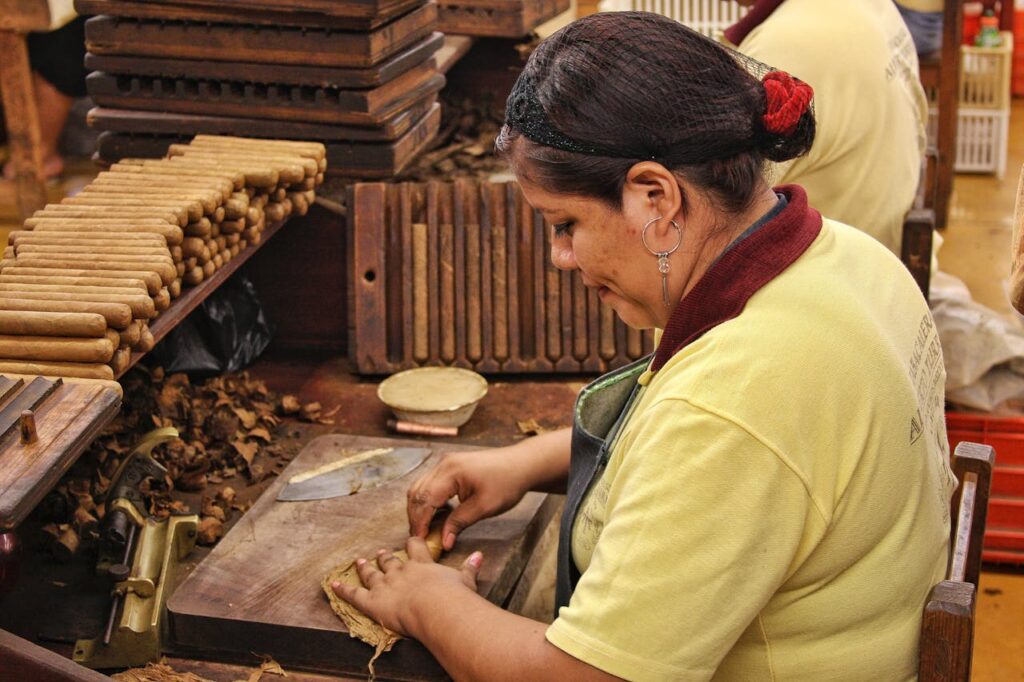
Facts About Cuba Conclusion
Cuba is a nation shaped by vibrant culture, revolutionary history, and extraordinary natural beauty. From the world’s smallest bird to its iconic cigars, UNESCO World Heritage Sites, and influential figures like Fidel Castro and Ernest Hemingway, Cuba offers a rich tapestry of stories that set it apart from any other Caribbean island. Its high literacy rates, strong artistic traditions, and resilient spirit reflect a country that has continually adapted through centuries of change.
Exploring these fascinating facts about Cuba provides deeper insight into its identity and the forces that shaped it—from early Indigenous cultures and Spanish colonization to modern political transformations. Whether you are interested in travel, history, wildlife, or culture, Cuba remains an endlessly captivating destination with something remarkable to discover at every turn.
Keep Your Curiosity Alive at FabFunFacts.com
If these fascinating facts about Cuba sparked your curiosity, there’s so much more waiting for you! At FabFunFacts.com, every article opens the door to new discoveries—amazing history, surprising wildlife insights, dream meanings, cultural mysteries, and so much more.
👉 Click over to your next Fab Fun Facts adventure and uncover something extraordinary today!
Fun and Interesting Facts About Panama
Your journey into the world’s most captivating stories continues here—keep exploring, keep learning, and keep the fun facts coming!




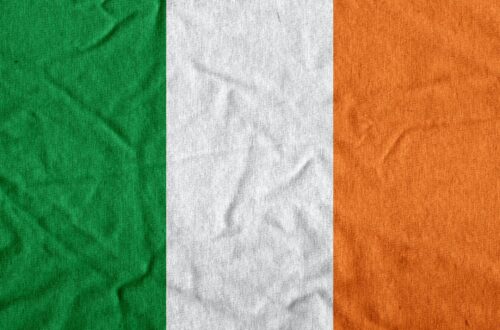
2 Comments
Pingback:
Pingback: